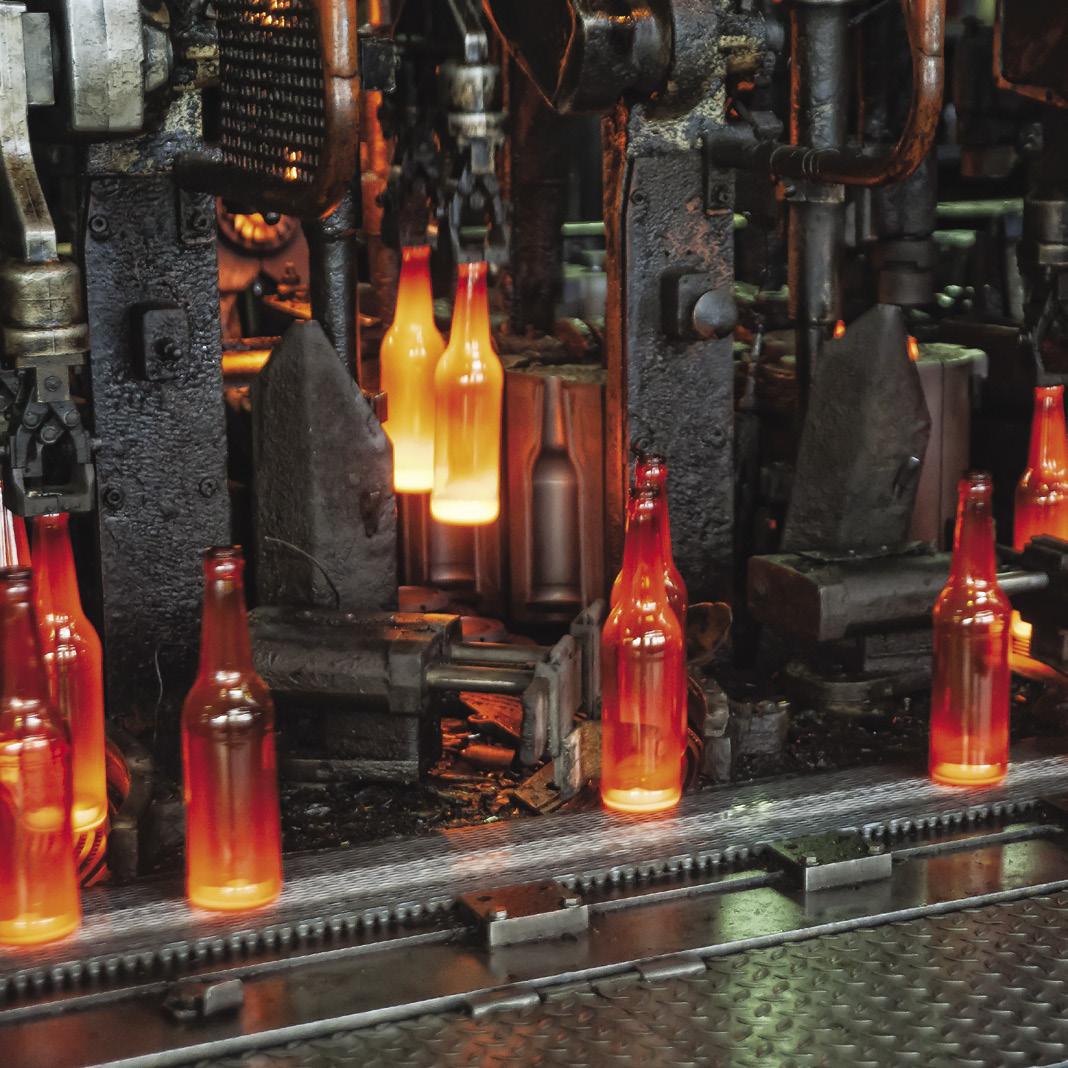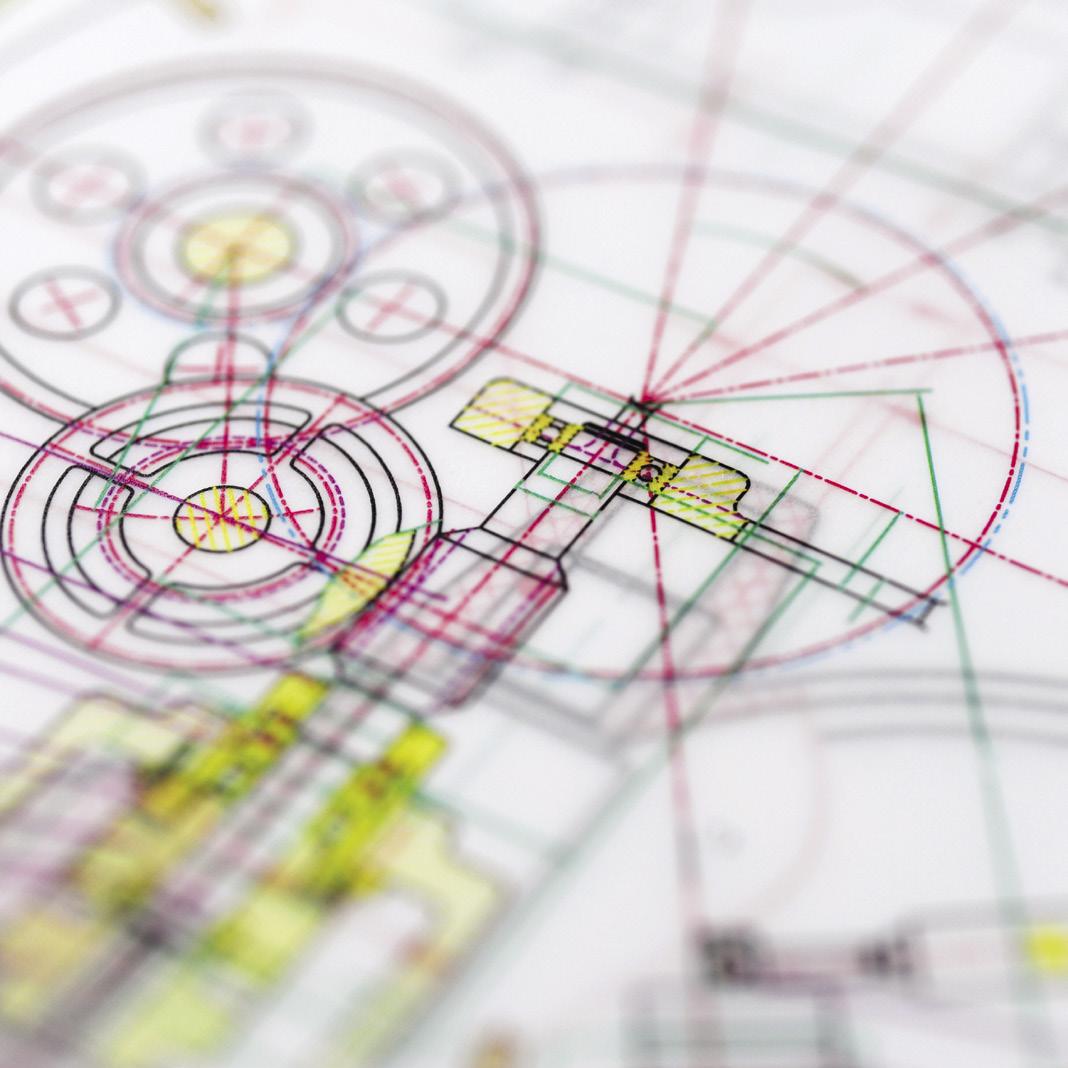
4 minute read
Developments in plastic recycling technology
from Fixing the system
As with their compostable counterparts, conventional plastics also require the right collection and treatment infrastructure for when use cannot be avoided through redesign or new product delivery models.
Advertisement
With the shortcomings of the current approach well understood, different forms of chemical recycling are being touted by some as vital to the future, even offering “endless…possibilities for creating new products”. 112 In the following section, we examine what is meant by chemical recycling and propose a hierarchy of recycling technologies that should guide infrastructure development.
Today, nearly all plastic recycling is mechanical. This means waste plastics are treated through processes like shredding, grinding and melting to form new plastic products with the same chemical composition. This sort of recycling requires separation by polymer type (eg HDPE, commonly used for milk bottles, or PET, used for fizzy drinks bottles).
Currently, contamination and mixing of polymers results in recycled plastics of lower technical and economic value than virgin materials. 113 Currently, plastics can also only be recycled a few times because mechanical processes degrade their properties, for instance by shortening polymer chains, which weakens them.
Novel recycling processes
Novel recycling technologies are being touted as part of the solution to plastic pollution. Some have the potential to enhance mechanical recycling, while others offer new forms of ‘chemical recycling’. We have categorised them below into four main forms, although the terminology to describe each sometimes varies:
Chain lengthening: The physical process of rebuilding polymer chains is technically possible at various stages of the mechanical recycling process: when the polymer is molten after extrusion, before the polymer is extruded or after extrusion. 114
Solvent based purification or dissolution: Polymers are dissolved in solvent to remove contaminants like additives or dyes. 115 The technique could theoretically treat plastics such as PS and PVC better than typical mechanical recycling, although it should be noted that momentum is building to stop using such polymers entirely for some applications. 116
Chemical depolymerisation or decomposition: This form of recycling involves chemically breaking down plastic into monomers or intermediary units. These can be purified to remove unwanted compounds and then repolymerised into plastics with the same properties as virgin material. 117
Thermal cracking or conversion, often called ‘feedstock recycling’: This process, most commonly done through pyrolysis, sees plastics converted at high temperature into shorter chain hydrocarbons split into different fractions which can either be used as a feedstock for polymer production or as a fuel, similar to light sweet crude oil. 118 However, it cannot be classed as recycling if the output is
Chemical depolymerisation This offers the most potential for polymers which cannot be mechanically recycled due to contamination. Until its energy and chemical requirements are fully understood, it should not compete with existing mechanical recycling streams. Mechanical recycling This process is preferred because of its lower energy requirements, its mature technologies and existing infrastructure. It could be enhanced by the addition of chain lengthening and solvent based purification processes, to maintain mechanical properties for multiple recycling loops and expand the range of plastics that can be recycled. Thermal cracking This should be approached with caution and only used in limited circumstances where material is too degraded for other recycling processes. used as fuel. As a recycling technology, it is potentially more resilient to low oil prices than other forms of recycling, but the final yield of useable polymers from this process could be as little as ten per cent. 119,120
A hierarchy for plastics recycling
Chemical recycling technologies are relatively new and, as such, have not had the considerable development and deployment at scale of mechanical recycling. Given their energy and chemical requirements, simple mechanical recycling is preferable in most cases, where it is possible.
As the image below shows, a general hierarchy for plastic recycling would keep material circulating at the highest value, using the least energy for the longest time, while also countering degradation.
Polymer
Mechanical recycling
Polymer
Chemical depolymerisation
Thermal cracking
Energy required to get back to polymer
These three technologies are potentially suitable for different polymer types, and could help to keep material in circulation for as long as possible. 121 As a principle, material should always undergo the least energy intensive and most appropriate processes possible, and only recycling processes that ultimately save energy and conserve resources, compared to primary production, should be used.
“To get the
Investment in better recycling technologies should not detract from the primary aim of reducing use of materials overall in the first place and improving design early on in the material cycle. To get the infrastructure right, the government first needs to understand material flows and judge likely future developments, to evaluate need and avoid the negative consequences of technology lock-in and path dependency. 122
Technologies that enhance current practices should be prioritised, including those that can demonstrate the best carbon savings. 123 Careful consideration should be given to the location of plants. Pilot solvent-based recycling plants, for instance, have been co-located with mechanical recycling facilities to limit transportation and ensure the technologies do not compete. 124 Similarly, pyrolysis products are only likely to be used to make virgin plastics if they are located close to a plastic facility. This type of synergy should be encouraged so that new technologies can work within, rather than against, existing infrastructure.







